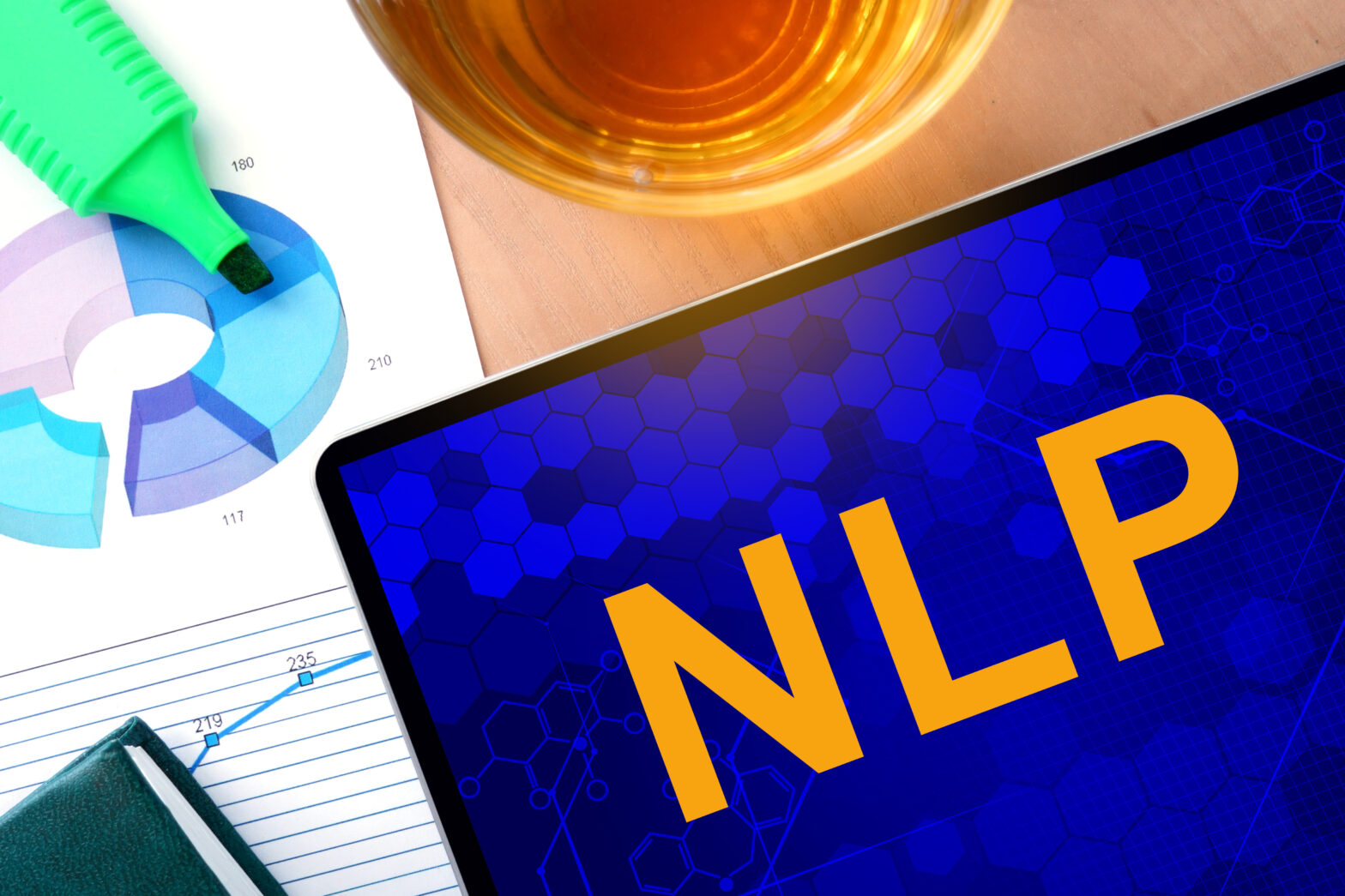Successful selling is all about communication, rapport building and understanding your customer. Some sales professionals may have a certain amount of instinct for such things, but the savvy salesperson knows that this is something we all need to learn. That is where training which makes use of neuro-linguistic programming (NLP) and related methods comes in, offering invaluable insights into customers and people in general. In fact, with the use of NLP and associated techniques, you could see your sales soar and even improve your relationships with friends along the way.
So, what is this NLP? Well, originally formulated by Richard Bandler and John Grinder in the 1970s, NLP is not some new-age fad or flash in the pan practice, but a methodology which many top sales professionals have tapped into for years. To find out the full picture of how this can help you be more successful, you could sign up for an online course or two. However, as a taster of what such a system can do for your sales and your life, the following five tips should set you on the path to success.
1. Active listening
In modern life, and in sales, where everyone seems short of time, being really listened to can be rare – all too often, a conversation can be just a competition for airspace. However, really listening to your customers will build rapport and ensure you don’t waste their time or yours, as your sales pitch can be geared to their stated needs. Likewise, listening to those around you a little better, should strengthen your relationships in general. So, learning active listening skills, such as NLP techniques, can truly help you win sales and influence people!
For example, before starting a sales conversation which could be outside your comfort zone, try relaxation exercises such as deep breathing, as nervousness can make you seem disinterested. In addition, watch out for non-verbal signals given out, such as tone of voice, gestures and posture, which can increase your understanding of what’s being said. In this way, you can quickly master the art of active listening, and the benefits to your sales figures and your life may just surprise you.
2. Word power
As communication is a two-way street, it’s also vital to choose your words carefully, and this is something NLP methodology and similar selling techniques can help with. Words which are variously referred to as ‘power words’ or ‘magic words’ can be used to elicit certain emotions and responses that may help overcome customer objections and close the sale. No, we’re not talking abracadabra, or Harry Potter here, but a selection of words which have been found to be helpful and influence others. For example, to invoke positive emotions, words like believe, change, success and happy may be effective, while words such as imagine, truth, secret and expose can trigger curiosity. You could also try adding extra emphasis to these words to give them greater strength, turning them into action commands. In addition, repeating key phrases, like ‘You’ll love this product’, in subtly different ways can also steer your customer in the desired direction and win the sale.
3. Mirroring
Building rapport with your customers is also vital if you want to succeed at sales, and techniques which help you do this quickly can be invaluable. One such NLP technique is ‘mirroring’ – a method of imitating the behaviour and language of others to rapidly establish rapport. As research suggests that we are drawn to people who are like us, subtly mirroring a customer’s body language, tone of voice, speech rate, gestures, opinions and choice of words, may make them feel more comfortable around you and build trust.
In addition, one surefire way to create rapport fast is to identify the other person’s preferred communication style, which could be visual, auditory or kinaesthetic (tactile), and use the same style of language to communicate. This preferred style should be evident from their turn of phrase, for example ‘Can you see what I mean?’, for visual style, ‘Can you hear what I’m saying?’, for auditory, or ‘Do you get a feel for this?’ for kinaesthetic style. However, mirroring should only be used in moderation – overt mimicking may offend and is not the name of the game!
4. Get to know your customer
Having learnt whether your customer is a visual, auditory or kinaesthetic kind of person, you can now use this new-found knowledge to gear your selling strategy to their preferred way of buying. For a visual person, show them pictures as part of your presentation; for an auditory customer, if possible, find ways to use sound in your sales pitch; and for the kinaesthetic person, let them touch any products they can, even if just by handling a brochure. Understanding your customers’ buying preferences can give you a head start when it comes to sealing the deal, and NLP techniques can help with this.
For example, find out how your customer bought products before – have they needed time to think about it, or to get someone else’s opinion? As repeating someone’s previous buying pattern could give you a better chance of closing the sale. In addition, this methodology suggests that if you can discover your customer’s hopes and dreams and link your product to helping them achieve these, you should have one very happy customer and a signed, sealed and delivered sale!
5. Staying positive
Finally, to truly excel in sales you need to maintain a positive mindset, as negative thought patterns could scupper your chances of success. With a more positive frame of mind you can boost your motivation and reprogramme yourself to achieve your goals, and an NLP approach can also help with this. A technique known as ‘reframing’ could work wonders when it comes to overcoming any bad selling experiences you may have, as this is a tactic of choosing to focus on any benefits of such a situation you can find, rather than dwelling on the negatives.
Another such technique is to practice what is called a pattern interrupt – finding ways to step out of your routine to break unsuccessful patterns and increase your chance of success, which may be just what you need to improve your perspective. In addition, with a method known as ‘anchoring’, NLP methodology could help you instantly lift your mood, using a trigger such as a sound, smell or taste, which can be an invaluable tool to get you in the right frame of mind to nail that sale!
So, although these handy techniques are just the tip of the NLP iceberg, perhaps they will whet your appetite for a different way of thinking and get you started on your road to sales success.





